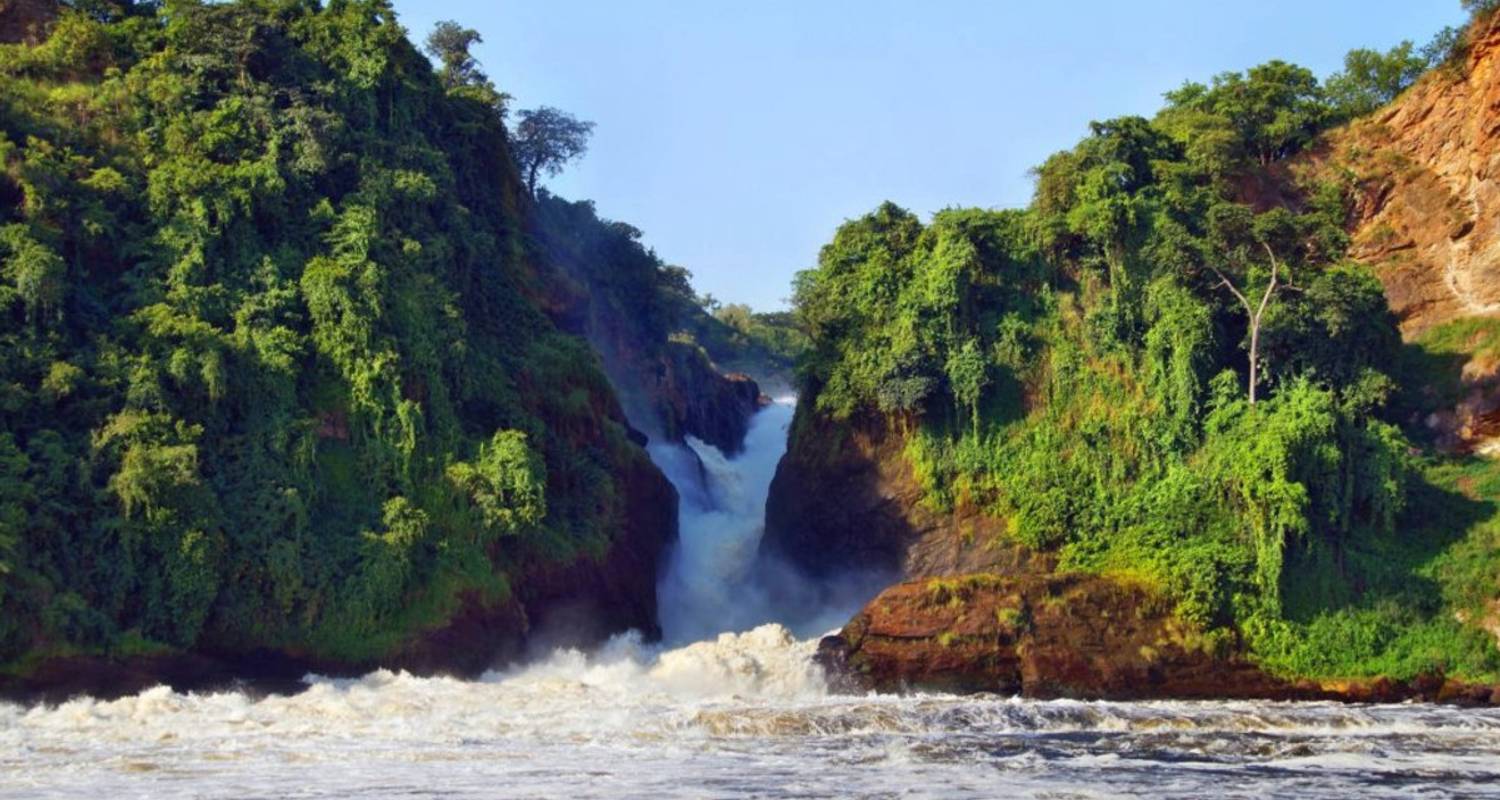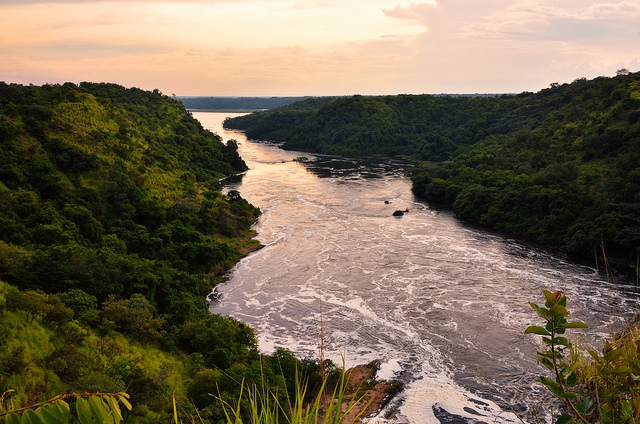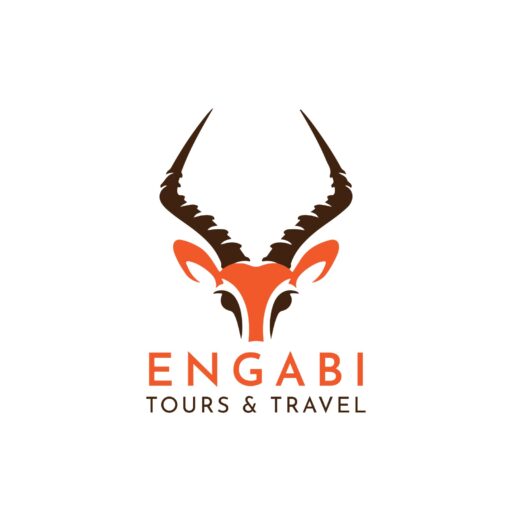The Best time to go to Murchison falls national park

The Best time to go to Murchison falls national park as the largest protected area in Uganda. Murchison falls national park attracts thousands of tourists every year. It is arguably the best place to go for wildlife safaris in Uganda. Visitors to the Murchison Falls national park come for a variety of activities which include game viewing, boat cruises along the river Nile, birding, camping/picnics and tracking chimpanzee in the nearby Budongo or Kaniyo Pabidi forest.
For many visitors, the 4 days Murchison falls Wildlife tour is the most ideal aside, the park’s true gem and from which it derives its name is the great Murchison falls. The park is a perfect mixture of rivers, great savannah woodlands, grasslands, plains and forest making it an ideal place to go for the purpose of just appreciating nature and biodiversity. Given the attractive activities in the park, a question travelers often ask is -When is the best the time to visit Murchison falls? To answer the question, we must look at the different seasons and Uganda as a country more broadly.
Uganda is located within the equatorial region and is blessed with a relatively stable yearly climate. This implies that the Murchison falls National Park can be visited throughout the year. Uganda like most countries within the equator has two rainy seasons and two dry seasons. These wet and dry seasons dictate events within the park leading to what, in the Uganda tourism industry is referred to as the low and high/peak seasons respectively. Let’s discuss the advantages and disadvantages of each season in order to arrive at a firm recommendation for the Best time to go to Murchison falls national park:-
High/Peak Season: This falls between the dry months of December to February and June to September. It is the time most tourists flock to Uganda and the Murchison falls in particular. Unfortunately this is also the time when prices are hiked for the available accommodation because of high demand. The more popular and luxury lodges are fully booked at this time and travelers may have to make do with lesser known lodges. If one is looking for accommodation in one of the high-end lodges, then they will need to book their safari a few months in advance. The dry season is also the time when mosquitoes are most active and back into buildings after breeding in the bushes during the rainy season.
The advantages of visiting during the dry season are many. One is that the vegetation in and around the park is not too overgrown hence allowing tourists to spot animals from afar. Tour vans can go anywhere in the park using any of the roads. During the dry seasons, animals face difficulty finding water and will gather at specific water points making it easier to spot them in one place. It is also during the dry season that one can more easily encounter elusive animals like the Leopard. It’s a perfect season to take wildlife photos and watch predators like lions making a kill in the open savannah. Mosquitoes are few and the chances of getting malaria are significantly reduced.
Low Season: The low season coincides with the rainy seasons of March to May and October to November. During the low season, the rains can go on for most of the day making the park roads muddy, slippery and sometimes impassable even for the best 4X4 vehicles. Overgrown vegetation also makes some parts of the park difficult to access. Many of the animals take shelter during the wet season unlike in the dry season where they can be seen looking for good pasture and water – affecting the quality of some game drives. However, there are those who might find driving through the mud filled routes and dense vegetation exciting, adventurous and even refreshing.
On the good side, travelers can get discounts from the lodges at this time as hotels charge less because of fewer clients. There are fewer tourists in the park during the low/rainy seasons, allowing visitors time to really reflect and enjoy themselves in a park with fewer crowds. If you are afraid of the heat or wish to see the park in perfect green with a lot of beautiful plants, trees, flowers and newborn babies, then this is the recommended time. It’s also the perfect time to take walks to appreciate the beauty of the park.
The Nile River increases in volume during the rainy season leading to higher pressure as it passes through the narrow gorge that forms what we call the Murchison falls. The Murchison falls becomes more intense and breathtaking. Although birding is a year round activity in Murchison falls National Park, it is really in the rainy seasons that you get to see all the great bird species in the park. This is the breeding period with plenty of food causing a lot of bird activity and bird sounds everywhere. Migratory birds gather in the park and especially along the river Nile during this period.
Our Recommendation: Given the advantages and disadvantages of each season, our opinion is that the best time to visit Murchison Falls is just after the rains have started and a few weeks after it has ended. To be more specific, the best time to Murchison Falls National park is in early March, late May and late November. During these times, you get the park still green, the rains not as intense and temperatures still low. There is a lot of activity among the park animals as they prepare for the changing of seasons.
N.B: The dry season particularly December and February are the best months to come purposely to spot game. The late dry season of January, February and August is hot and dusty with heat that can be difficult to bear during certain times of the day. The quality of game drives is excellent around this time.

Parking List Murchison Falls National Park
After making a decision on he Best time to go to Murchison falls national park, its time to think about what you will need during your wildlife tour in Uganda. Are you still uncertain about what to bring? When planning for your safari to the Murchison falls National Park, we recommend that you bring along all the important stuff that you might need. We have already seen in the previous chapters that Uganda has two dry and rainy seasons.
Come prepared for the weather. We have taken time to compile a list of essential and general items that we believe will make your tour more memorable and comfortable. Remember this remains a guiding list. Only bring those items you deem relevant for their travel. The first four are very essential and important. You must come with them. They include:
- Passport: A passport is the most important travel document and a requirement while entering Uganda. Ensure that it is not expiring soon and make photocopies.
- Airline ticket: You don’t want to miss your flight given the tight safari schedules.
- Immunization card for yellow fever: This is a requirement when entering Uganda. Take the shots at least 3 weeks before travelling.
- Visa: You must have a Visa before entering Uganda. We now have the East African Visa that allows travelers move to Uganda, Rwanda and Kenya. You need to apply for the VISA online or get them from the border entry points and airport. East Africa nationals generally don’t need a VISA to enter Uganda.
- Travel and health Insurance: There are several companies that you can use to arrange for travel insurance. Your health insurance provider could have a foreign partner that you might not be aware of.
- Photocopies of all important documentation: Such as passport, airline ticket and reservation printouts that you can always show at the different counters.
- Passport size photos of yourself: You may be asked for these a few times during your trip. Come prepared.
- Cash and Credit/ATM card: Your bank should be informed each time you travel away from your country as you might need cash to pay for gifts and other small items.
- Wallet and Money belt: To secure your money, transactions cards and other items.
- Backpack: To carry your valuables like camera, music devices and other electronics
- Clothing: Although most Ugandans don’t mind very short dresses/mini-skirts, folks in the villages and rural areas may still find it inappropriate to expose too much thigh. The clothing should be loose fitting, casual and comfortable. Avoid putting on overly bright colors that might attract the attention of certain wild animals in the park. Think about coming with decent shorts, skirts, scarf, shirts, pyjamas/night dress, underwear, a cap and a sweater during the rainy season. Long shirts and trousers can help protect you against mosquitoes in the drier months. Remember that going out for long during the hot season can cause you to sweat heavily. This may make you feel dirty and require several showers and changes in clothing.
- Shoes: You also need to come with waterproof boots, sandals and warm stockings that you should wear each time you get out of your hotel.
- Beauty products/items: Such as facials, options, shampoos, deodorant, cleansers, brush/combs, lip balms, toothbrush/toothpaste, a small towel and toilet paper. You might also add sun screen and lotion.
- Umbrella: May come handy during the rainy season.
- Photos of your family, friends or pet at home: This will comfort you if you ever miss being with them during the exciting
- Books for reading: Coming with your favorite book or novel will help you relax during your flight and in-between safari activities as you rest in your hotel. You can also come with animal/bird guide books or better still – purchase a good book about Uganda, Murchison Falls and the local surrounding.
- Pens and writing materials: To note down important aspects/things about your journeys
- Anti-malarial and other personal medications: Uganda is a mosquito and malaria zone and it would be a wise thing to bring along anti-malarial.
- Insect Repellent: To protect against flees, mosquitoes and even Tsetse fly in the wilderness.
- A simple First-Aid Kit: The kit should include basic medication, bandages, eye drops, antibiotic and anti-diarrhea medication and pain killers and gas-relief tablets and a thermometer if possible.
- Driver’s license: If you are planning to enter the country with your own car, you need to have a valid East Africa or Uganda driving license.
- Sunglasses and Contact lenses/Glasses: Your eyes need to be protected from the strong sun’s rays during the hot/dry season as you head out for your game drive or launch cruise. Remember to bring solution for the contact lens.
- Binoculars: There are a lot of birds and small animals in Murchison falls national park and a good binoculars is a must.
- A good photo and video camera: There will be countless opportunities to take photos and even videos right from the airport. Don’t be hindered by a poor quality camera and low battery.
- Headlight and Flashlight: Just in case there is a power outage. It can get very dark at night in Uganda during certain months of the year.
- Alarm clock: So that you wake up early and keep time for all your scheduled activities.
- Batteries, chargers, adapters and memory cards: For any electronics (cameras, phones, laptop etc) you will be travelling with. We recommend solar batteries as there is more than enough sunlight in Uganda.
- A mobile phone and laptop: To communicate with your family back home and also your guide. Remember to come with addresses of all your friends.
- Music devices and headphones: For use during your flight and when relaxing after an activity in your lodge.
- Adapter for your electronics: They should be of the standard used in Uganda.
- Miscellaneous: You might also need a compass and GPS.
N.B: Even though the list is long, endeavor to move with light luggage as there are restrictions in the airport. Leave room for gifts and other souvenirs.
GENERAL INFORMATION
ENTRY REQUIREMENTS:
On a Murchison falls Safari, all visitors to Uganda must have a valid passport with at least 4 consecutive blanks pages. Any applicable visa and/or relevant documentation are the responsibility of the traveler. For further information on Visa requirements visitors are advised to contact their nearest Uganda Embassy or Consulate. Apply online here
LANGUAGE:
English
TIME:
GMT +3
VOLTAGE:
220 Volts/AC50Hz. Sockets are UK style, 3 pin square plugs. Power is from the UMEME in the city/major towns and generator with inverter back up in the Safari Lodges and Camps.
CURRENCY:
Foreign currency must be changed at the Bank, Bureau de Change, and Hotel/Safari lodge/Camp/Resort. Major Credit Cards, Master card, Visa, American Express, are usually accepted throughout the country. Where credit cards are accepted, the payment will normally be recorded in US$ regardless of the card’s default currency.
CLOTHING:
Dress is mainly informal and should be comfortable as well as practical. Something warm should be brought along for early morning and evenings. Safari clothes are available from hotels/lodges/camps.
BAGGAGE:
Where possible, travel light. Baggage space on safari is limited to medium suitcase or soft bag per person plus reasonable amount of hand luggage. There is 15 Kilogram per person limit on all flights to the wildlife sanctuaries. Excess luggage must be stored in your arrival hotel.
WATER:
You will find many different of opinion of what is safe and what is not. We recommend for peace of mind, to drink local Bottled Mineral water. It is important to drink plenty of water especially during the hotter months. We would recommend that guests drink at least 2 to 3 liters of water per day to limit the effects of dehydration.
HEALTH;
East Africa is a safe and secure destination; however, it is a good idea to take a few precautions. Kindly consult your GP or local doctor at least 6 weeks before you travel, with regards:
Malaria prophylactics. East Africa is a known malaria area and preventive measures are essential. You are advised to take one of the recommended anti-malarial drugs. Be sure to wear long sleeved shorts and trousers after sunset and spray the exposed parts of your body with a mosquito repellent spray
Remember to protect yourself from direct sun rays with sunscreen cream or safari hat.
DIETARY REQUIREMENTS:
For those guests with specific dietary requirement, please ensure we are notified prior to travel
GRATUITIES:
As a guideline and dependent on how happy you are, we would suggest the following:
The General Hotel/Lodge/Camp Staff – Approximately U$ 10.00 per person per day
Driver Guides – Approximately US$ 15.00 to US$ 20.00 per person per day
PHOTOGRAPHY:
Please be careful when photographing public buildings, airports, bridges, the national flag and people in uniform. Ensure that you have sought permission before photographing local people and their villages. If in doubt, please check with your guide.



